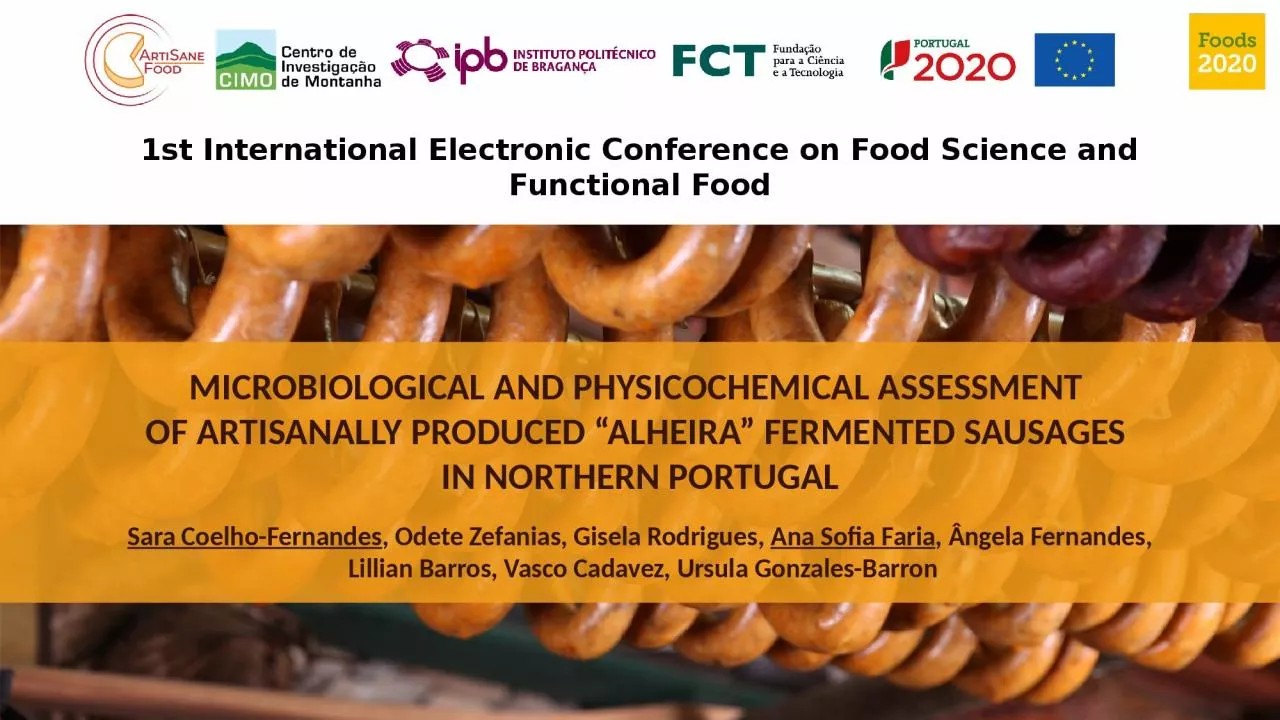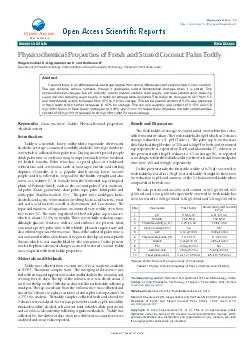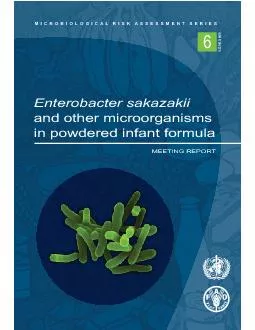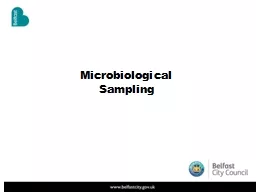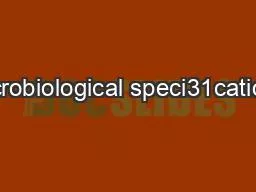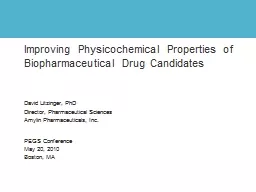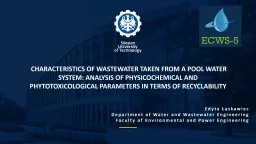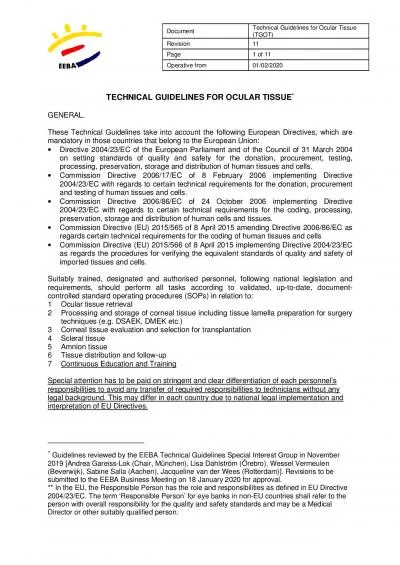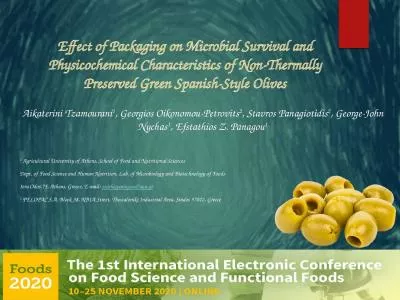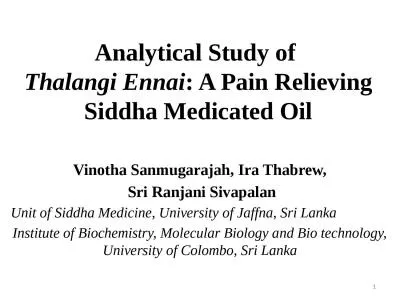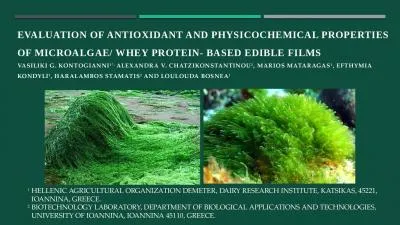PPT-MICROBIOLOGICAL AND PHYSICOCHEMICAL ASSESSMENT
Author : martin | Published Date : 2024-02-02
OF ARTISANALLY PRODUCED ALHEIRA FERMENTED SAUSAGES IN NORTHERN PORTUGAL Sara CoelhoFernandes Odete Zefanias Gisela Rodrigues Ana Sofia Faria Ângela Fernandes
Presentation Embed Code
Download Presentation
Download Presentation The PPT/PDF document "MICROBIOLOGICAL AND PHYSICOCHEMICAL ASSE..." is the property of its rightful owner. Permission is granted to download and print the materials on this website for personal, non-commercial use only, and to display it on your personal computer provided you do not modify the materials and that you retain all copyright notices contained in the materials. By downloading content from our website, you accept the terms of this agreement.
MICROBIOLOGICAL AND PHYSICOCHEMICAL ASSESSMENT: Transcript
Download Rules Of Document
"MICROBIOLOGICAL AND PHYSICOCHEMICAL ASSESSMENT"The content belongs to its owner. You may download and print it for personal use, without modification, and keep all copyright notices. By downloading, you agree to these terms.
Related Documents

